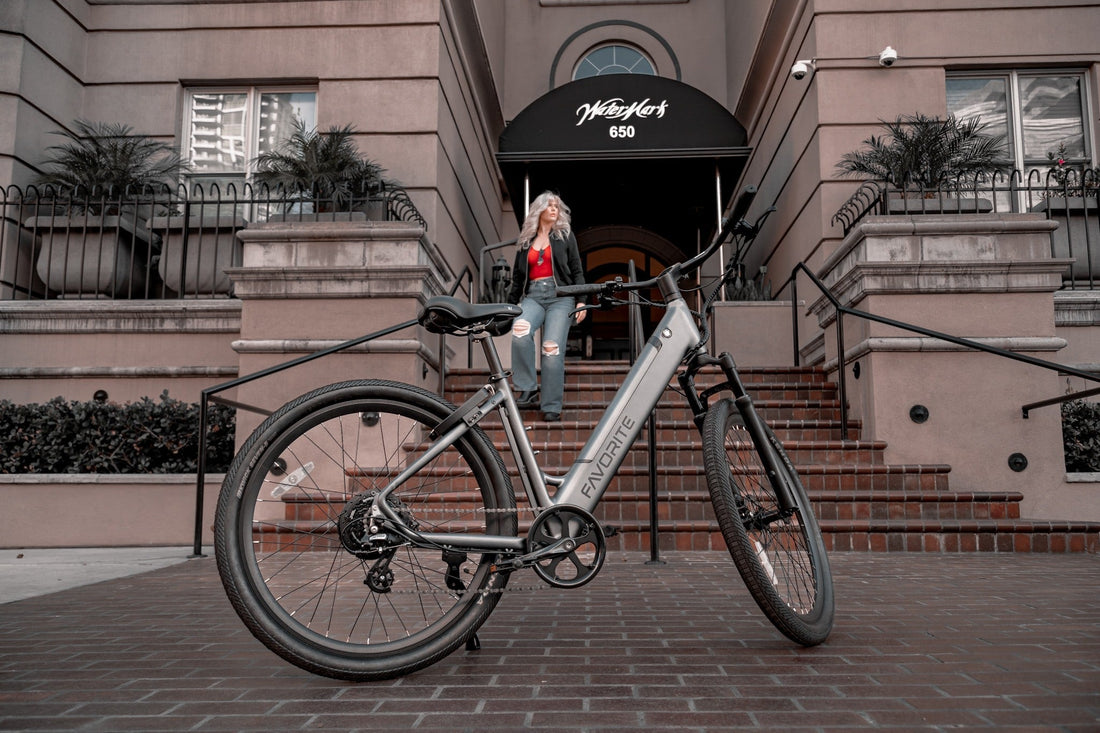
Switched from a regular bike to an e-bike
So, you’ve made the leap from a traditional bicycle to an electric bike (eBike)—welcome to the world of effortless pedaling, extended range, and exhilarating speed! But if you're used to a regular bike, the transition isn’t always seamless.
Did you know?
-
eBike riders travel 2-3x farther than traditional cyclists on average.
-
Battery management is a new skill to master—unlike a regular bike, you can’t just hop on and go indefinitely.
-
Handling and braking feel different due to the extra weight and power.
This guide will help you adjust smoothly, avoid common mistakes, and get the most out of your new eBike.
1. The Biggest Adjustments When Switching to an eBike
✔ Power Assist Changes Everything
-
Pedal Assist (PAS) vs. Throttle:
-
Pedal Assist amplifies your pedaling effort (like a tailwind).
-
Throttle propels you without pedaling (like a scooter).
-
-
Start in Low Assist Modes (Eco or Level 1) to get used to the boost.
Pro Tip: Avoid "ghost pedaling" (spinning without effort)—it drains the battery faster.
✔ Heavier Bike, Different Handling
-
eBikes weigh 20-30 lbs more—cornering and lifting require adjustment.
-
Practice braking earlier—the extra speed and weight mean longer stopping distances.
2. Maximizing Your eBike’s Battery Life
✔ Smart Charging Habits
-
Charge to 80-90% for daily use (100% only for long trips).
-
Avoid full discharges—lithium-ion batteries last longest between 20-80%.
-
Store at 50% charge if unused for weeks.
✔ Extending Range
-
Use lower assist levels on flats (save high power for hills).
-
Maintain tire pressure—underinflated tires drain battery 10-15% faster.
3. Safety Tips for New eBike Riders
✔ Speed Awareness
-
eBikes accelerate faster—be mindful in traffic or crowded bike lanes.
-
Check local speed limits (many cities cap eBikes at 20-28 mph).
✔ Braking Upgrades
-
Hydraulic disc brakes are ideal for eBikes (more stopping power).
-
Test brakes at low speed first—get used to the extra weight.
Expert Insight: "New eBikers often underestimate stopping distance. Practice emergency braking in a safe area." — Sarah K., eBike safety instructor.
4. Commuting & Fitness: What Changes?
✔ Faster Commutes, Less Sweat
-
Cut travel time by 30%+ while arriving less fatigued.
-
Still a workout? Yes! Lower assist levels keep you active.
✔ Parking & Security
-
Invest in a heavy-duty lock (eBikes are prime theft targets).
-
Remove the battery when parked in public (deters thieves).
(Image suggestion: A commuter locking an eBike with a U-lock and cable, battery removed.)
FAQ: Switching from Regular Bike to eBike
Q: Do I need to pedal an eBike?
A: Most require pedaling (Pedal Assist), but throttle models let you ride without it. Check your eBike’s class.
Q: Is an eBike cheating?
A: Not at all! Studies show eBikers ride more often and longer than traditional cyclists.
Q: Can I ride an eBike in the rain?
A: Yes, but avoid deep puddles (check your bike’s IP water-resistance rating).
Final Thoughts
Switching to an eBike opens up a new world of cycling—less strain, more range, and thrilling speed. The key is patience and practice: get comfortable with the power, master battery management, and adjust your riding style.
No comments











0 comments